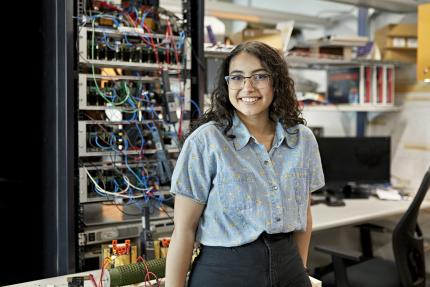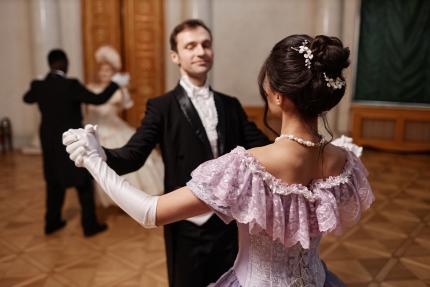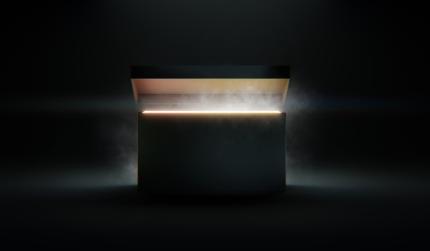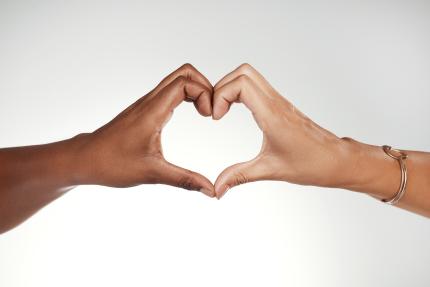Teen Tech Tutors

This intergenerational program sources local teens to answer older patrons' tech questions.

This intergenerational program sources local teens to answer older patrons' tech questions.
Host a write-in with your campus writing center for the International Write-In, Nov. 29 to Dec. 8, 2016.

This library hosted a lively two-hour Regency Dance Class led by an instructor from the Jane Austen Society of North America.
ALA invites grant applications for a brand-new Great Stories Club series featuring YA sci-fi titles.

Young fans of "The Mysterious Benedict Society" will love this scavenger hunt adventure.
Sixty public and tribal libraries in the U.S. will be selected to become NASA@ My Library Partners.
Malvern Public Library's Comics & Cosplay Club nights offer some fun, some learning and some friendly competition.
Encourage your teens to express themselves in a fun (and cheap!) zine-making workshop.
Apply by Nov. 16 to be part of the Great Stories Club series on Truth, Racial Healing & Transformation.

Brooklyn Public Library enlisted teens' help for an event about loving, celebrating and taking care of yourself.